1500% ROI: A Financial Services Company’s Initial Success Using Lean Six Sigma
Home » Case Study » 1500% ROI: A Financial Services Company’s Initial Success Using Lean Six Sigma
Tennessee
Government
Finance
1500%

A challenging business climate had led a mid-size Financial Services organization to think about pursuing Lean Six Sigma as a way to improve their internal efficiencies and to build a stronger tie to their customer requirements. As it has been for many of us, when I say a challenging business climate, I mean a increasingly volatile and sometimes disastrous environment. This company was having a great deal of difficulty responding to what has occurred in the overall economy in the United States since 2008.
Carefully Assessing the Situation
We started with a rapid assessment of where they were and where they wanted to go. We then had a discussion of how they could move forward on the journey. One issue shared by many was the challenges the organization had around following through on ideas and executing changes. While the group liked the insights and the possibilities, there was concern about overreaching and this becoming the latest “flavor of the month.” Understandably, they wanted to be careful and conservative in their launch of the effort.
With financial and technological limitations as a backdrop, the organization wanted to test the waters with Lean Six Sigma.
With financial and technological limitations as a backdrop, the organization wanted to test the waters with Lean Six Sigma. No large projects up front and no projects that might have an IT impact. They also wanted projects to minimize additional work on an already stretched workforce. They were determined that the work had to at least pay for itself for it to be considered a success.
Off to an Amazing Start
When the team dug into the CCM call process, it became immediately clear there was a mountain of opportunities to address.
Otesesa says, “Process Mapping and the Process Walk were the most useful tools for this project. They helped us understand what was happening now. Later, they helped us create the new process.
Our process was not clearly defined. As we continued our investigation, there were a few surprises. CMS requires you to document and calculate at least 20 minutes of patient call time to be able to bill for the service. We were performing tasks that should be documented. For example, staff didn’t realize that email communications counted towards the 20 minutes of call time. For the CCM calls, knowing the process requirements is essential.”
Results 30 Times Better Than Planned
One project came into the initial sessions with an answer already formed, but was willing to go through the process so that they could be certified in the methodology. A funny thing happened as they moved from their initial problem idea in Define through the Measure and Analyze phases of the project. The team found and then implemented an opportunity to deliver roughly 30 times the benefit their change would have captured.
Results Before Implementation Even Began
After implementing the new process, the staff was able to increase the calls from 200 a month to 900 a month— a 350% improvement. The Medicare population in the FCHC service area is around 1,100 patients. Nine hundred calls a month is more than an 80% patient participation rate.
A Simplified Process
Another project found savings as well as improvements in both security and cycle time for handling and storing files at the organization. They were able to implement changes to simplify the system for all parties.
Less Work and Improved Customer Satisfaction
One project came into the initial sessions with an answer already formed, but was willing to go through the process so that they could be certified in the methodology. A funny thing happened as they moved from their initial problem idea in Define through the Measure and Analyze phases of the project. The team found and then implemented an opportunity to deliver roughly 30 times the benefit their change would have captured.
Reduced Vendor Expenses
A project to look at how the company purchased services and materials found that through better coordination, negotiation and tracking, significant savings were available. They were able to put a process in place to remove much of the variation and waste, resulting in large savings.
A 130% Increase in Productivity and Improved Teamwork
One project looked at an auditing process that was provided to their business customers to review files for trends. Customers valued the file reviews and asked for more to be done with shorter turn around times. The company had been unable to increase volume or reduce the turnaround time of the information. Through the project team, they were able to cut the turnaround time to a third of what it had been and to increase the volume of files reviewed as productivity for each rep increased by 130% due to the process changes. The reps liked the new process much better as well and it has improved their teamwork.
A 1500% Return on Investment (ROI)
How did we do on at least breaking even on cost? The total dollar return of the projects created an annualized benefit well over 15 times the investment.
Expanding Success
The potential bigger impact for the company is a group of people who understand how to apply the concepts of Lean Six Sigma to business issues and implement solutions that will deliver value into the future. Many of the participants in this initial group have already implemented additional improvements in the business and continue to help the culture move forward to embrace continuous improvement.





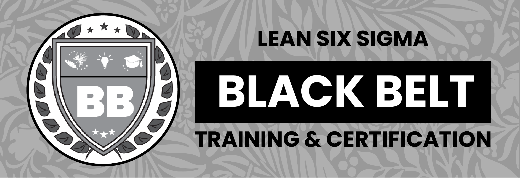







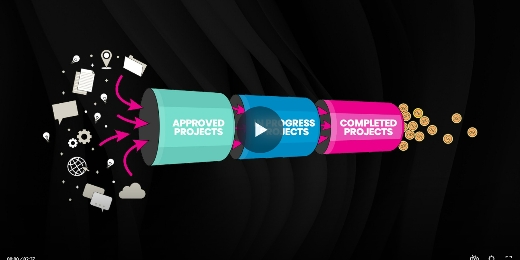

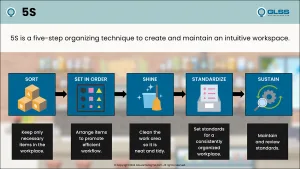
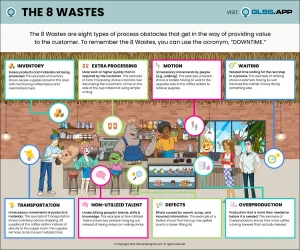
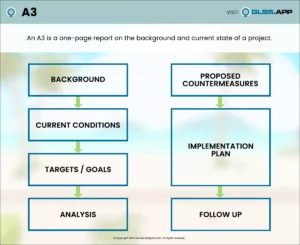
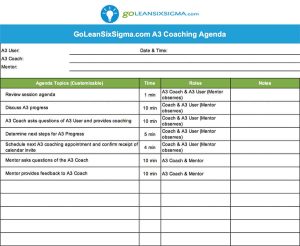
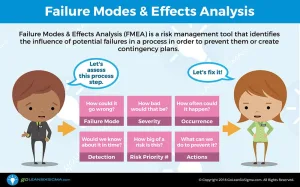
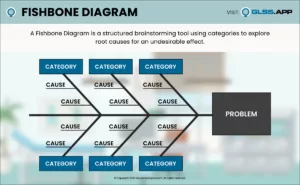
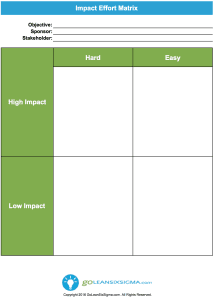
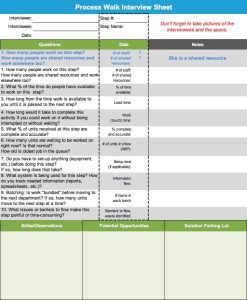
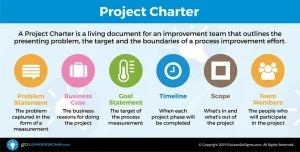
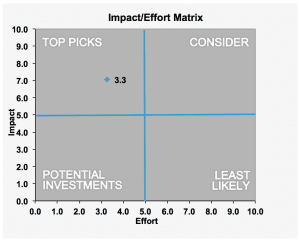
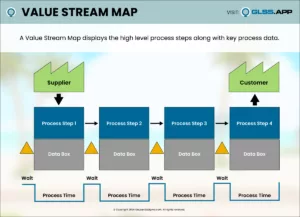
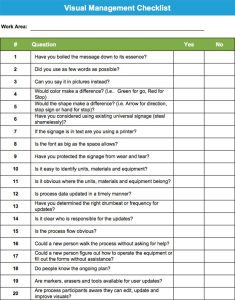
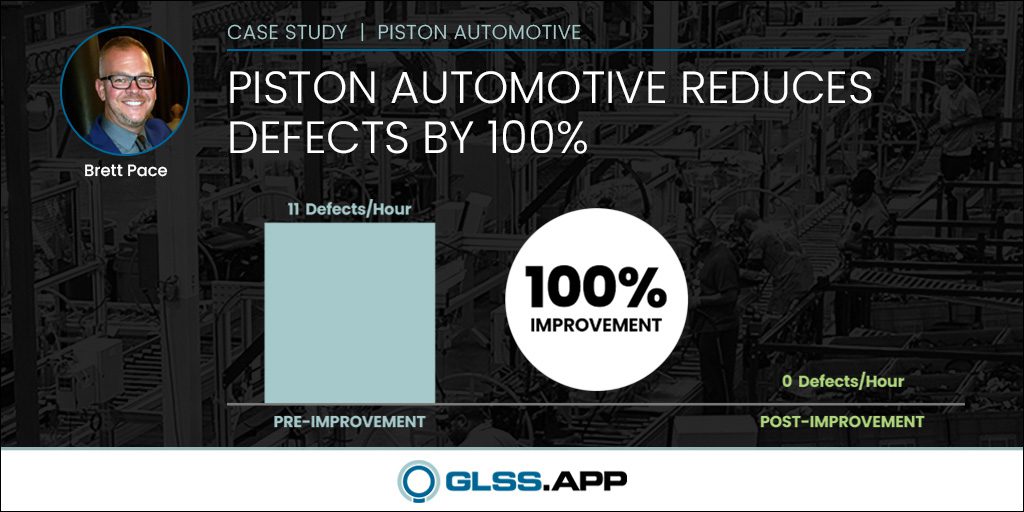
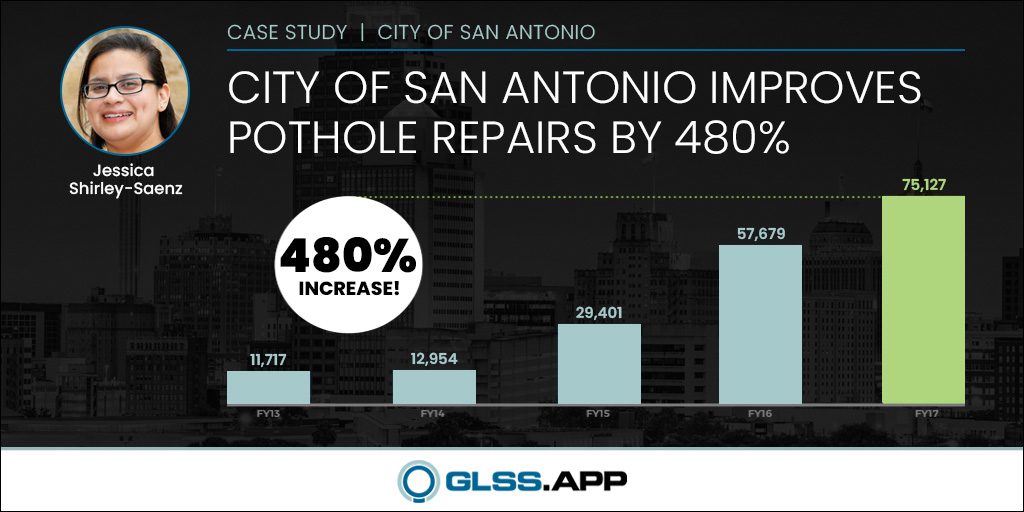
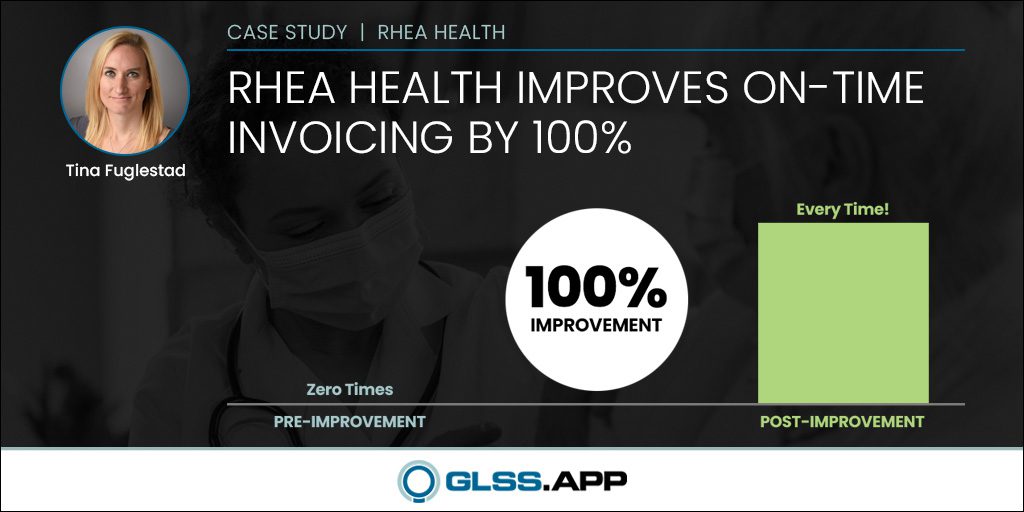
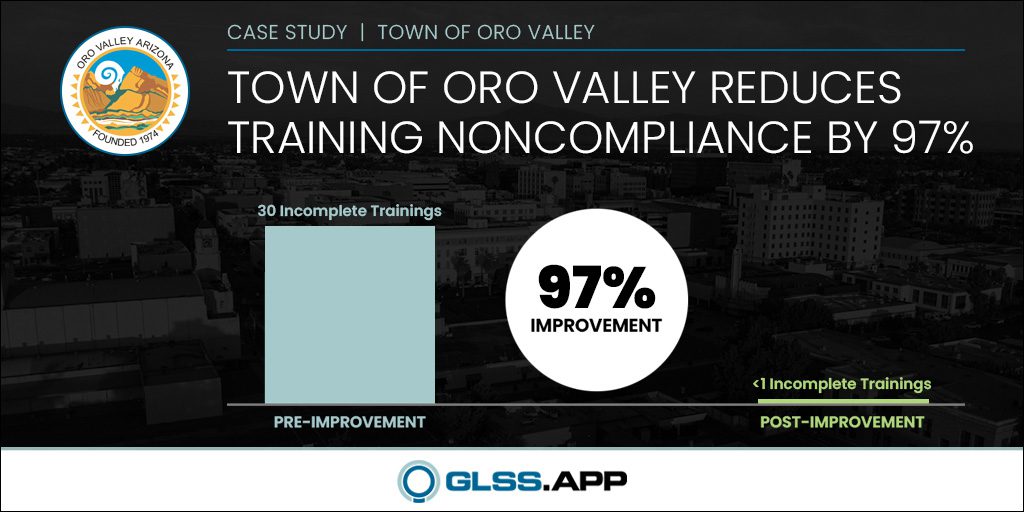
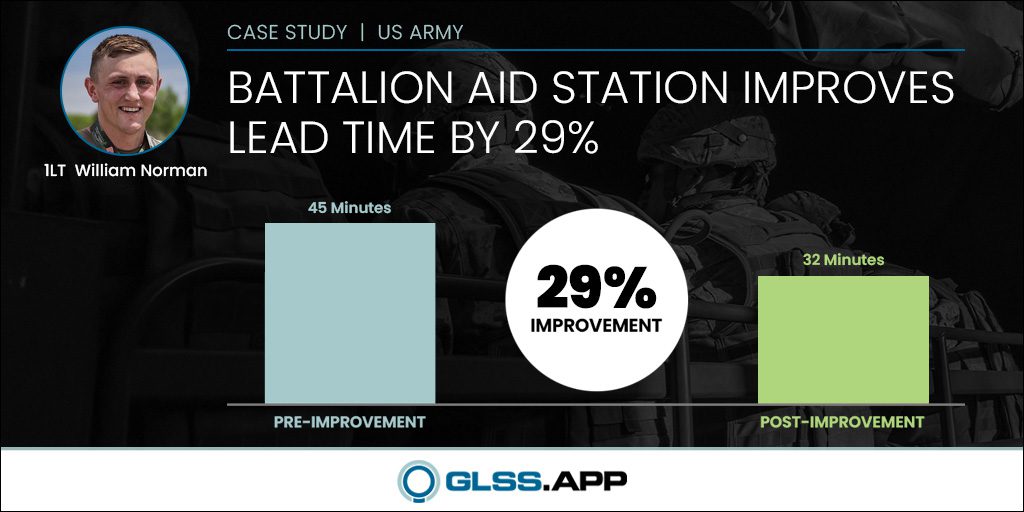
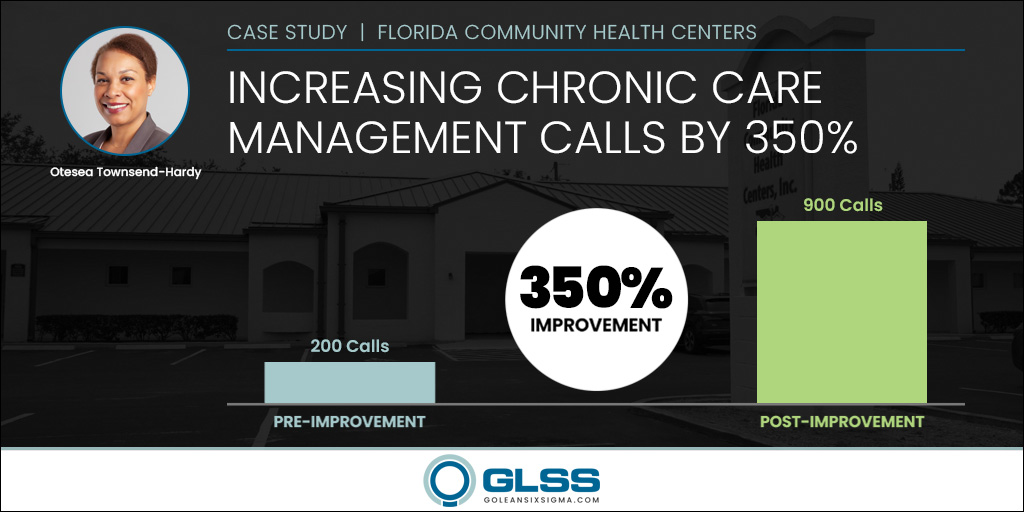
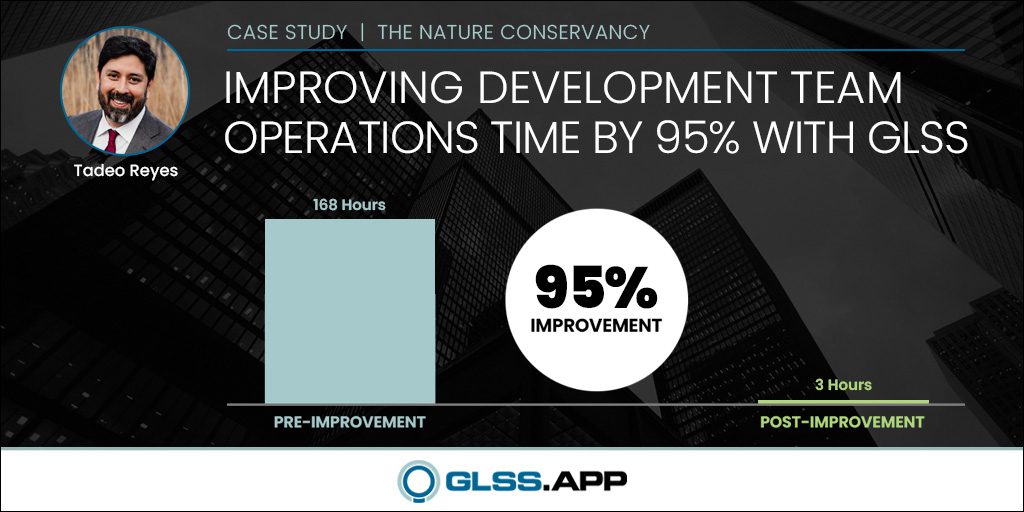
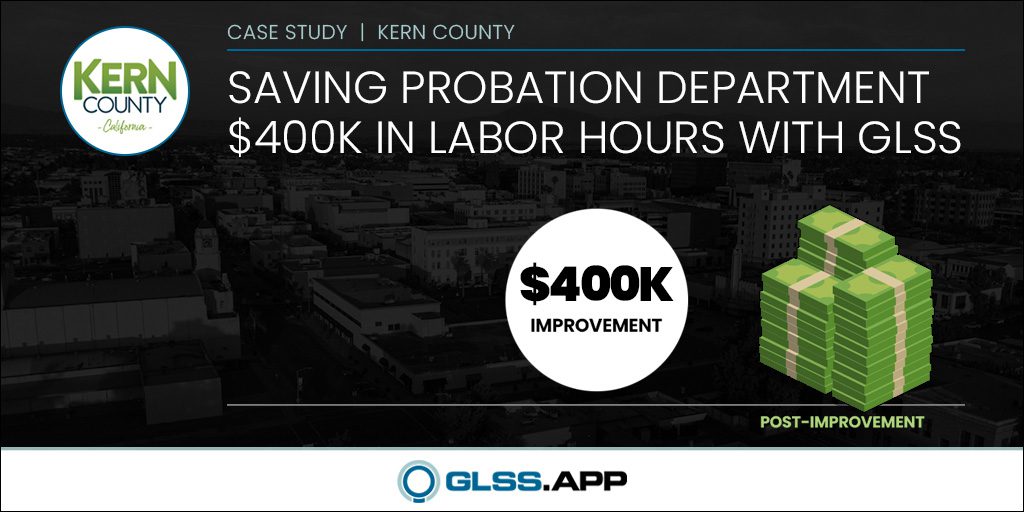
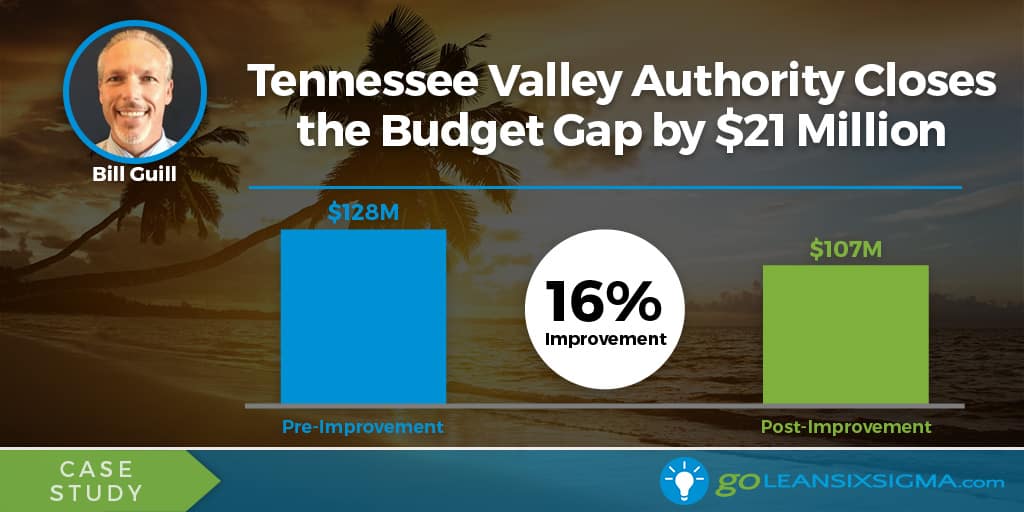
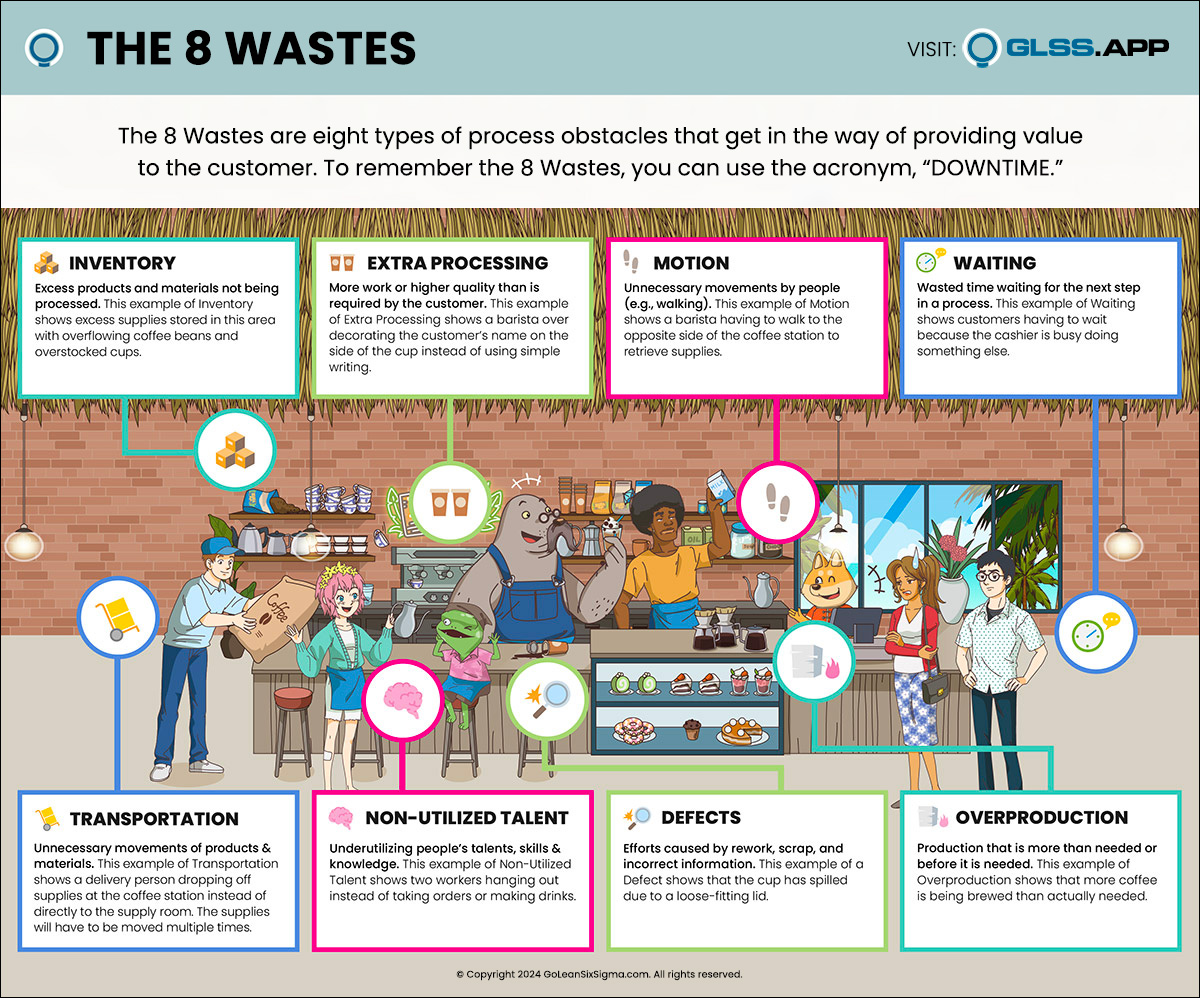
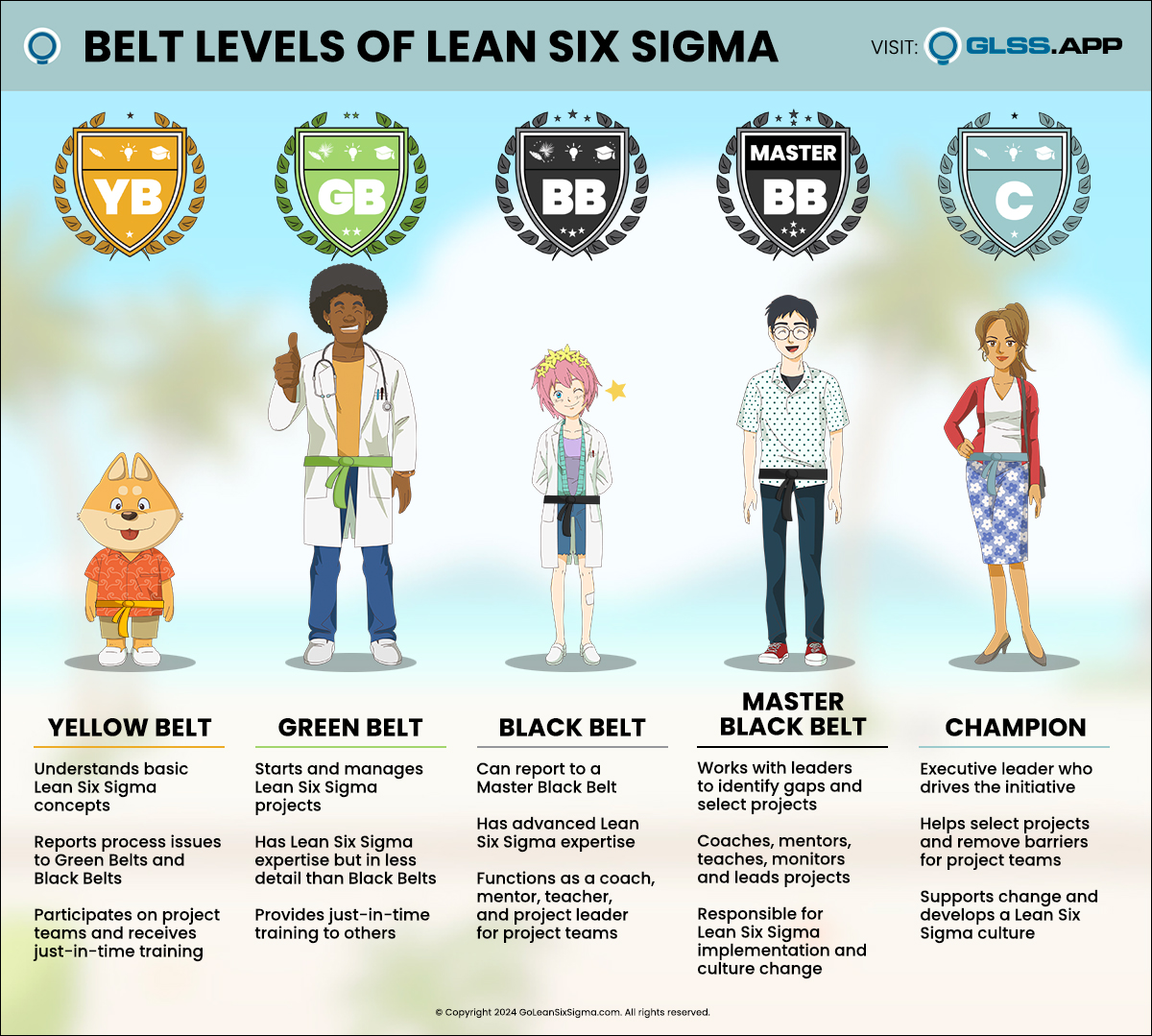

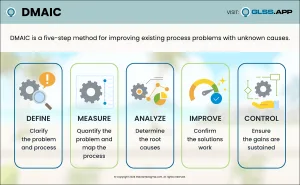
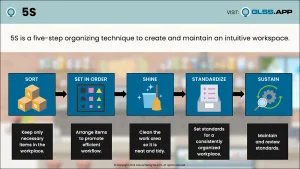


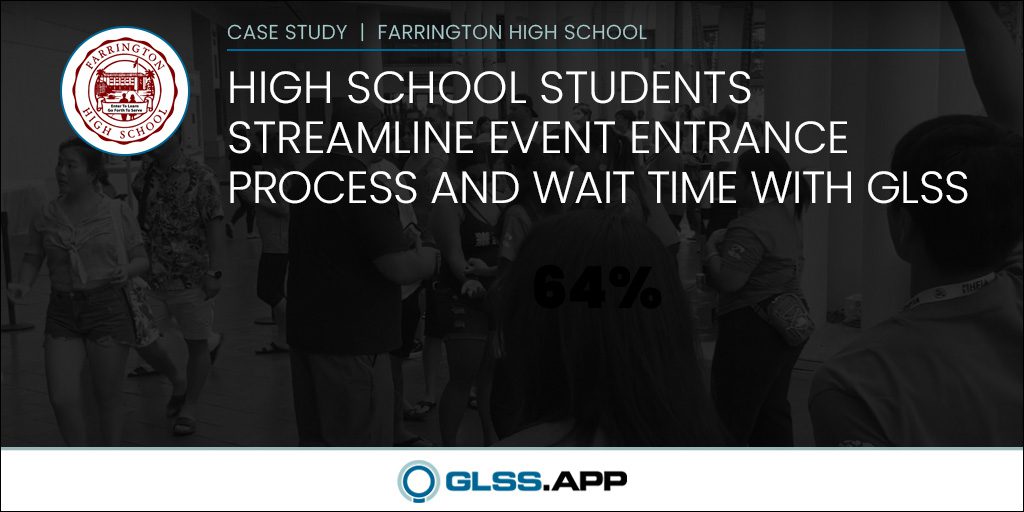
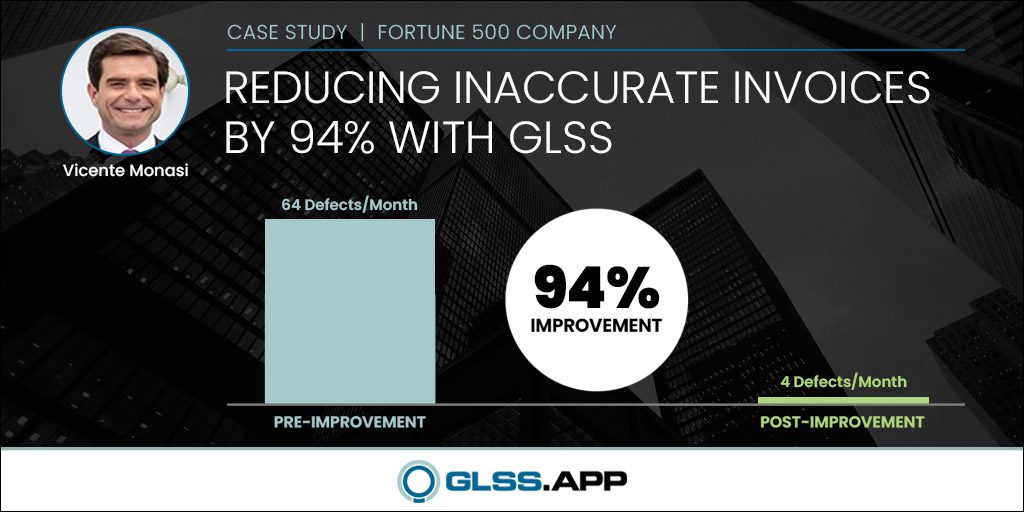



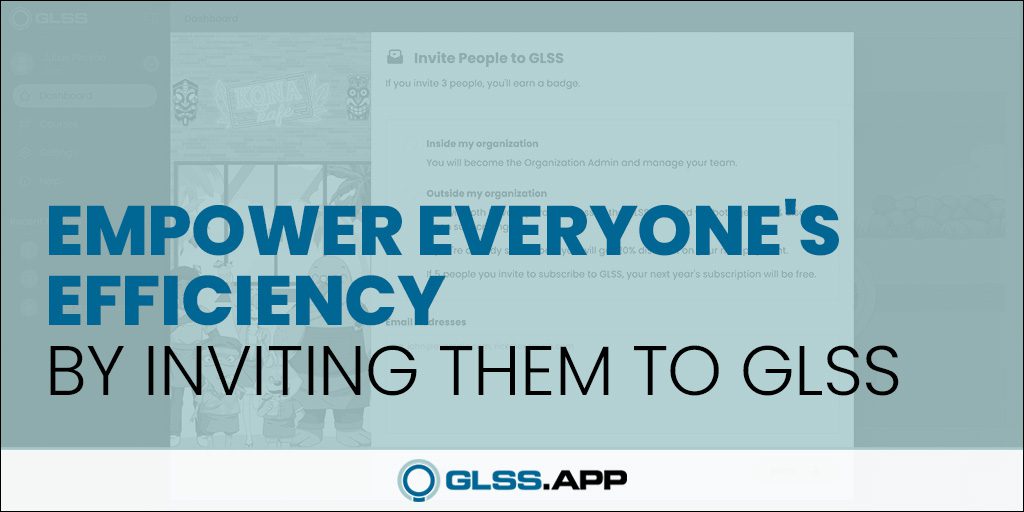




COMMENTS(02)